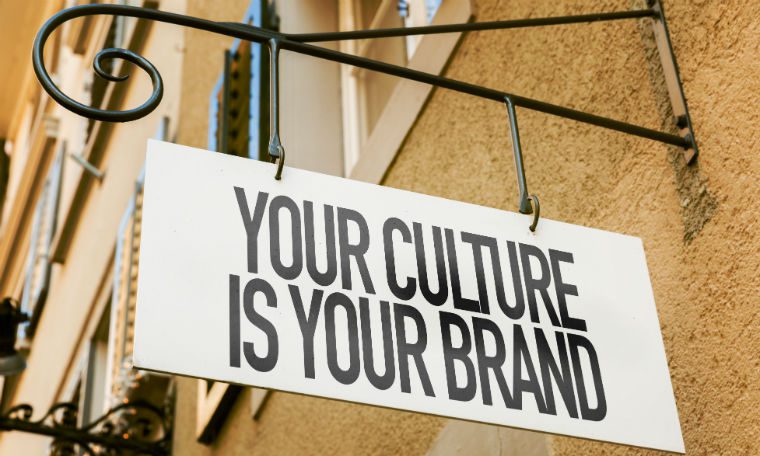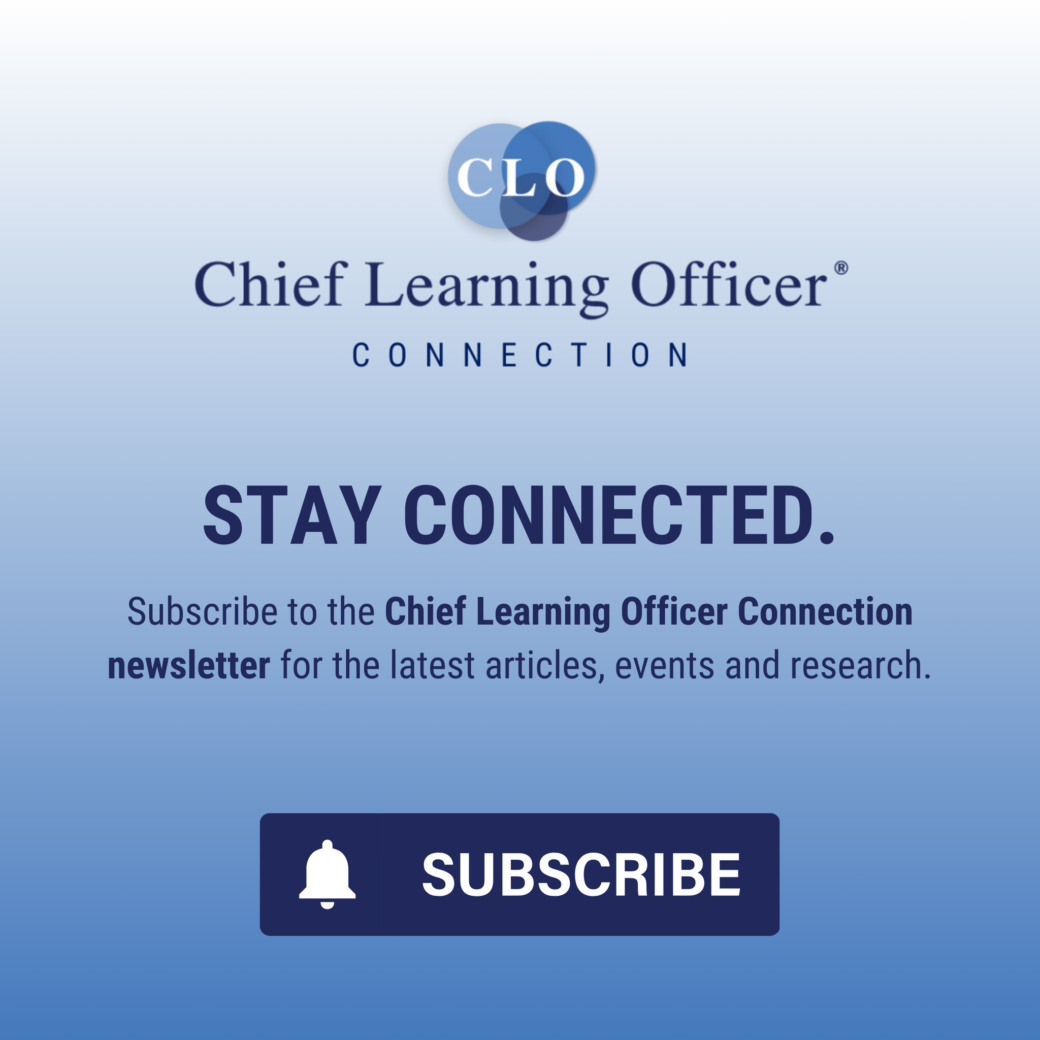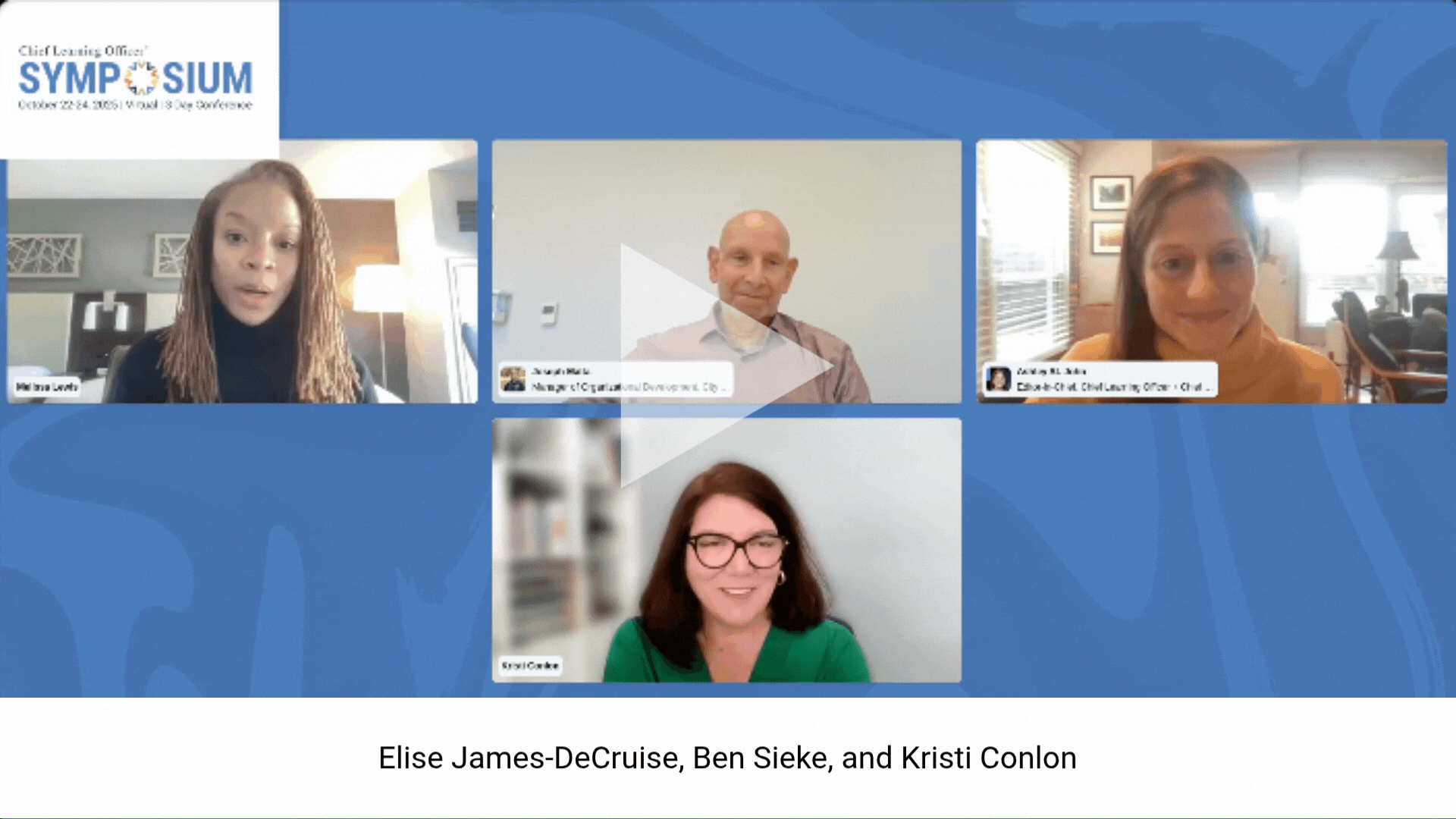-
Why Leaders Should Balance Positive, Negative Thinking
While today’s business ethos preaches praises overly positive thinking, there are positive elements to negative thinking that can help organizations be more prepared for failure and, therefore, more successful in the long run.
-
Create a Can-Do Learning Culture
Turn hands-on managers into can-do partners in workforce development.
-
Why Life is Woe For Ford’s Former CEO
Mark Fields was fired despite posting strong fundamentals at the legacy automaker. His demise stemmed from a threat all CEOs face — the idea that they can’t complete with techy upstarts.
-
Is Time Still the Best Measure of Work in the Knowledge Economy?
The results of our work — not time invested — should be how companies measure success. So why do many business leaders focus on time?
-
Why Managing People is Like Teaching Middle School
Some of the best people management techniques can be borrowed from a middle school classroom.
-
Vulnerability Is a Leadership Skill, Not a Weakness
Showing vulnerability is a relatable trait, not a glaring leadership weakness. It can engender trust and loyalty in leaders from those who follow them.
-
The Importance of Seeking Feedback When Self-Coaching
Finding others to provide valuable feedback can help people identify their blind spots getting in the way of their professional development.
-
How New Workers Can Build a Partnership With Their Boss
New hires only have one chance to make a first impression. Here’s how they can navigate some early wins with their new bosses.
- BUDDY PASS NOW AVAILABLE on CLO Symposium Registration, CLO Accelerator Enrollment and Membership.
- BUDDY PASS NOW AVAILABLE on CLO Symposium Registration, CLO Accelerator Enrollment and Membership.
- BUDDY PASS NOW AVAILABLE on CLO Symposium Registration, CLO Accelerator Enrollment and Membership.
- BUDDY PASS NOW AVAILABLE on CLO Symposium Registration, CLO Accelerator Enrollment and Membership.













